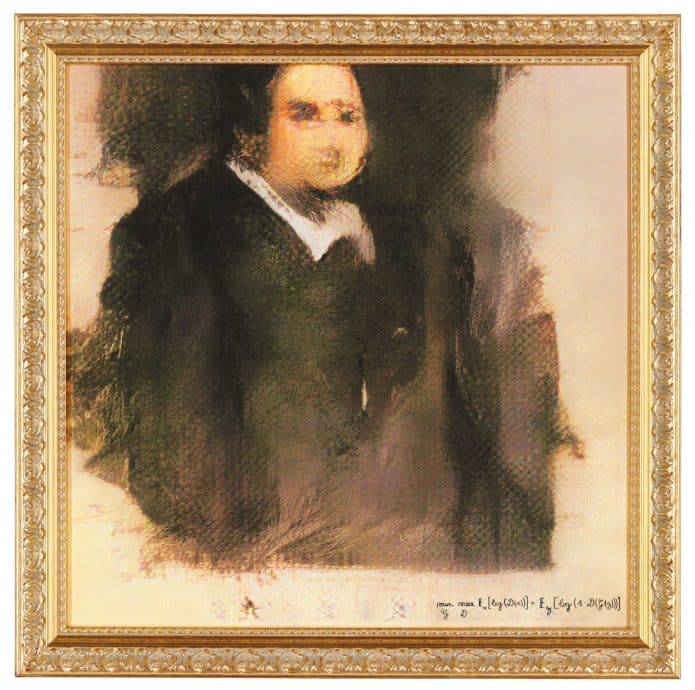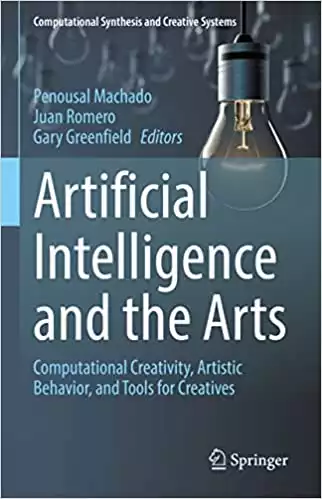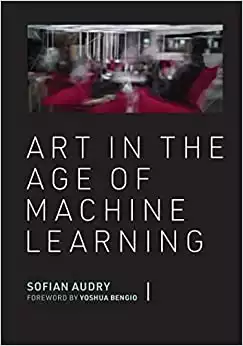What are the most expensive piece of AI Art?
The most expensive piece of AI art is the portrait called “Edmond de Belamy” sold for staggering USD 432,000 at Christie’s auction house in New York City.

Last fall, an AI-generated portrait rocked the art world selling for a staggering US$432,500 at Christie’s auction house in New York. The portrait called “Edmond de Belamy” features a slightly out-of-focus man with no nose and a blob for a mouth, dressed in what seems to be a dark frock-coat over a white-collared shirt.
Also Read: How to Make AI Generated Art.
From a distance, the 70 cm by 70 cm portrait printed on canvas and hung in a gilded wood frame, looks like it belongs in a museum of classical art. But upon closer inspection, the artist’s signature — the mathematical formula that created it (min G max D x [log (D(x))] + z [log (1 – D (G(z)))]) — reveals that the artist was not human.
With this astonishing achievement, we seemed poised to usher in art’s next medium — and possibly even to redefine what it means to be an artist.
Also Read: Famous Pieces of AI Generated Art
What is AI art?
The Belamy series was created via machine learning by the Paris-based arts collective known as “Obvious.” They fed thousands of portraits into an algorithm, effectively teaching the machine portraiture techniques of the 18th century. The result was a series of 11 images known as the fictional “La Famille de Belamy.”
In the case of “Edmond de Belamy,” it is more complicated. It is not the work of the artist’s imagination, but in fact, the work of the algorithm’s “imagination.” “Edmond de Belamy” is work of art captured by the “mind” of an artist that is not human.
Also Read: Redefining Art with Generative AI
Algorithm vs algorithm
The machine learning system used to create the Belamy series is a Generative Adversarial Network (GAN). Essentially, it is a system that pits algorithms against each other in order to improve the quality of the results.
One algorithm generates data and the other competes with it, discriminating between the real and false data being produced. The entire system is described as “adversarial.”
GANs were first created in 2014 by Ian Goodfellow, a computer scientist. In a salute to Goodfellow, Obvious translated his name to be used for their series of art: good and fellow translate roughly into French as “bel ami” hence, Belamy.


